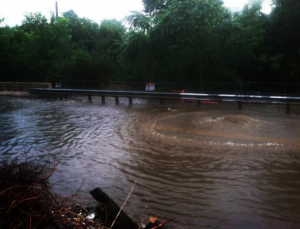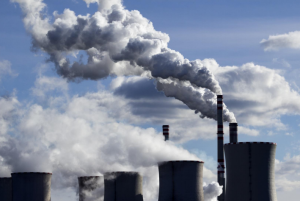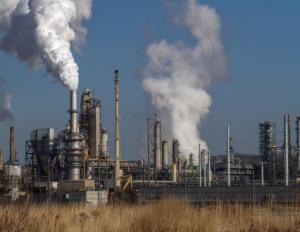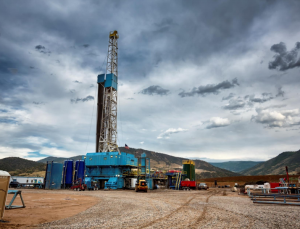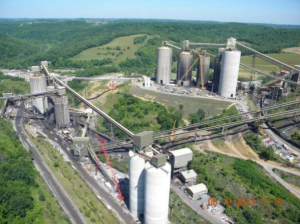Baltimore City signed a consent decree with the U.S. Environmental Protection Agency (EPA) and Maryland Department of the Environment (MDE) that required the city to repair its sewer system and…
Read more
Mercury pollution from U.S. power plants plummeted by 54 percent between 2004 and 2014, with the improvement driven by air pollution control laws and a shift to natural gas and…
Read more
Poultry operations on Maryland’s Eastern Shore continue to spread chicken litter loaded with phosphorus onto croplands that already have too much, according to the latest data from reports filed by…
Read more
Fossil-fuel burning power plants discharge at least 5.5 billion pounds of pollution into rivers, streams, lakes and bays each year. Coal-burning plants in particular discharge some of the most dangerous…
Read more
Because of cheaper fuel prices driven by the shale drilling boom, U.S. companies in 2014 received draft or final permits to build at least 46 new or expanded petrochemical facilities…
Read more
Poultry farmers spread three times more phosphorus in chicken manure on their fields than their crops needed, according to records from 62 poultry operations in five counties on Maryland’s Eastern…
Read more
The U.S. Environmental Protection Agency requires drilling companies to obtain Safe Drinking Water Act permits before they are allowed to inject diesel products into the ground to hydrofracture (“frack”) for…
Read more
The Environmental Integrity Project reviewed state pollution documents for four Pennsylvania coal prep plants that together account for more than 95% of the coal preparation capacity in the Commonwealth: Consol’s…
Read more
In 2005, Congress stripped EPA of its authority under the Safe Drinking Water Act to regulate injection of fracking fluids, except diesel fuels, as part as what is known as…
Read more
The Chesapeake Bay Total Maximum Daily Load (TMDL), a multistate, multi-year effort to restore the health of the Bay through pollution limits, is several years along with little evidence of progress. Many…
Read more
